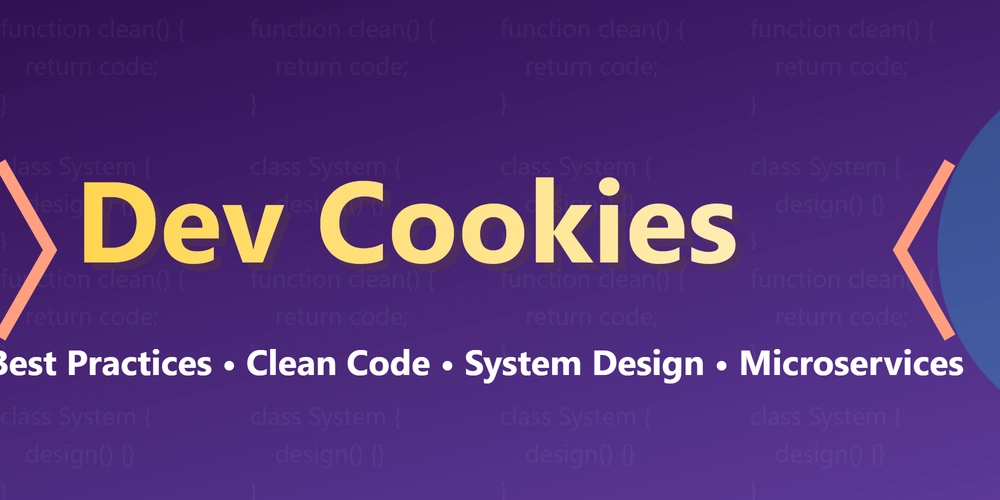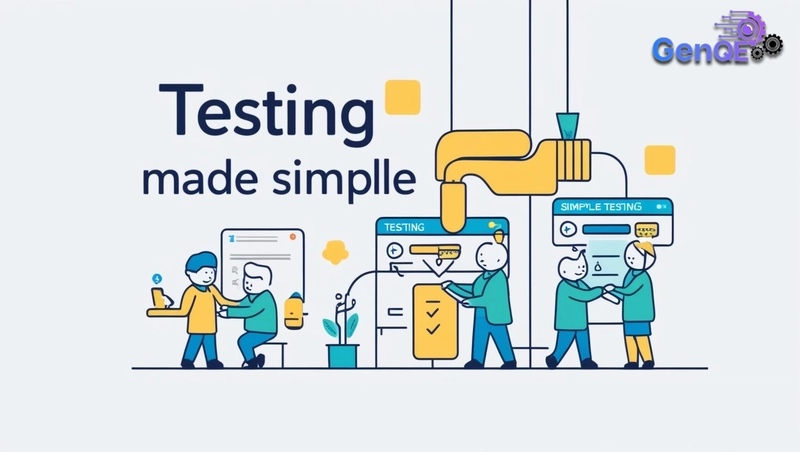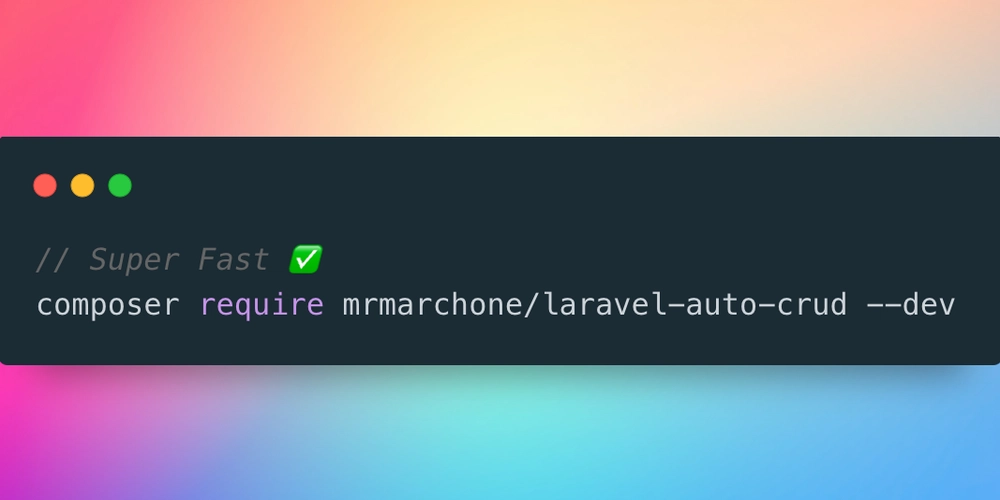Core Software Engineering Concepts Every Developer Must Know
Software engineering requires mastering a set of fundamental concepts that form the foundation of effective development. Here's a focused guide to the essential knowledge every software engineer should possess. Software Development Life Cycle (SDLC) Understanding the complete lifecycle is crucial: Requirements Analysis: Gathering and documenting what the software must do Design: Creating the architecture and component specifications Implementation: Writing code based on the design Testing: Verifying functionality and quality Deployment: Releasing to production environments Maintenance: Ongoing support and improvements Requirements Engineering The foundation of successful projects: Functional vs. Non-functional Requirements: What the system should do versus how it should perform Requirements Documentation: Creating clear, testable specifications Requirements Management: Tracking changes and ensuring traceability Software Architecture and Design Structuring systems effectively: Architectural Patterns: Microservices, monolithic, client-server, event-driven Design Principles: Modularity: Breaking systems into independent components Abstraction: Hiding complexity behind simple interfaces Encapsulation: Bundling data with the functions that operate on it SOLID Principles: Single responsibility, Open-closed, Liskov substitution, Interface segregation, Dependency inversion Implementation Best Practices Writing quality code: Clean Code: Readable, maintainable, and well-structured Version Control: Using Git effectively for collaboration Code Reviews: Systematic examination for quality and knowledge sharing Documentation: Self-documenting code and technical documentation Testing Fundamentals Ensuring software quality: Testing Levels: Unit, integration, system, acceptance Test-Driven Development: Writing tests before code Automated Testing: Creating repeatable test suites Test Coverage: Measuring how thoroughly code is tested Software Development Models Different approaches to organizing development: Waterfall: Sequential development phases Agile: Iterative, flexible approach focusing on customer collaboration Scrum Framework: Sprints: Time-boxed iterations (typically 2-4 weeks) Roles: Product Owner, Scrum Master, Development Team Ceremonies: Sprint Planning, Daily Standups, Sprint Review, Retrospective Artifacts: Product Backlog, Sprint Backlog, Increment DevOps Practices Bridging development and operations: Continuous Integration/Continuous Delivery (CI/CD): Automating build, test, and deployment Infrastructure as Code: Managing infrastructure through code Containerization: Using Docker and Kubernetes for consistent environments Monitoring and Logging: Tracking application performance and errors Security Engineering Building secure software: Security by Design: Incorporating security from the beginning Common Vulnerabilities: Understanding OWASP Top 10 Secure Coding Practices: Input validation, output encoding, proper authentication Data Management Working with information effectively: Database Fundamentals: Relational vs. NoSQL databases Data Modeling: Designing efficient schemas Query Optimization: Writing efficient database queries Professional Skills Beyond technical knowledge: Problem-Solving: Breaking down complex issues methodically Communication: Explaining technical concepts clearly Collaboration: Working effectively in teams Continuous Learning: Staying current with evolving technologies Performance Engineering Creating responsive, efficient systems: Optimization Techniques: Improving algorithm efficiency Scalability Principles: Designing systems that can grow Performance Testing: Load testing, stress testing, benchmarking The most successful software engineers combine these technical concepts with critical thinking and effective collaboration. By mastering these foundational elements, you'll build a strong platform for a successful career in software engineering, regardless of which technologies or domains you specialize in.

Software engineering requires mastering a set of fundamental concepts that form the foundation of effective development. Here's a focused guide to the essential knowledge every software engineer should possess.
Software Development Life Cycle (SDLC)
Understanding the complete lifecycle is crucial:
- Requirements Analysis: Gathering and documenting what the software must do
- Design: Creating the architecture and component specifications
- Implementation: Writing code based on the design
- Testing: Verifying functionality and quality
- Deployment: Releasing to production environments
- Maintenance: Ongoing support and improvements
Requirements Engineering
The foundation of successful projects:
- Functional vs. Non-functional Requirements: What the system should do versus how it should perform
- Requirements Documentation: Creating clear, testable specifications
- Requirements Management: Tracking changes and ensuring traceability
Software Architecture and Design
Structuring systems effectively:
- Architectural Patterns: Microservices, monolithic, client-server, event-driven
-
Design Principles:
- Modularity: Breaking systems into independent components
- Abstraction: Hiding complexity behind simple interfaces
- Encapsulation: Bundling data with the functions that operate on it
- SOLID Principles: Single responsibility, Open-closed, Liskov substitution, Interface segregation, Dependency inversion
Implementation Best Practices
Writing quality code:
- Clean Code: Readable, maintainable, and well-structured
- Version Control: Using Git effectively for collaboration
- Code Reviews: Systematic examination for quality and knowledge sharing
- Documentation: Self-documenting code and technical documentation
Testing Fundamentals
Ensuring software quality:
- Testing Levels: Unit, integration, system, acceptance
- Test-Driven Development: Writing tests before code
- Automated Testing: Creating repeatable test suites
- Test Coverage: Measuring how thoroughly code is tested
Software Development Models
Different approaches to organizing development:
- Waterfall: Sequential development phases
- Agile: Iterative, flexible approach focusing on customer collaboration
-
Scrum Framework:
- Sprints: Time-boxed iterations (typically 2-4 weeks)
- Roles: Product Owner, Scrum Master, Development Team
- Ceremonies: Sprint Planning, Daily Standups, Sprint Review, Retrospective
- Artifacts: Product Backlog, Sprint Backlog, Increment
DevOps Practices
Bridging development and operations:
- Continuous Integration/Continuous Delivery (CI/CD): Automating build, test, and deployment
- Infrastructure as Code: Managing infrastructure through code
- Containerization: Using Docker and Kubernetes for consistent environments
- Monitoring and Logging: Tracking application performance and errors
Security Engineering
Building secure software:
- Security by Design: Incorporating security from the beginning
- Common Vulnerabilities: Understanding OWASP Top 10
- Secure Coding Practices: Input validation, output encoding, proper authentication
Data Management
Working with information effectively:
- Database Fundamentals: Relational vs. NoSQL databases
- Data Modeling: Designing efficient schemas
- Query Optimization: Writing efficient database queries
Professional Skills
Beyond technical knowledge:
- Problem-Solving: Breaking down complex issues methodically
- Communication: Explaining technical concepts clearly
- Collaboration: Working effectively in teams
- Continuous Learning: Staying current with evolving technologies
Performance Engineering
Creating responsive, efficient systems:
- Optimization Techniques: Improving algorithm efficiency
- Scalability Principles: Designing systems that can grow
- Performance Testing: Load testing, stress testing, benchmarking
The most successful software engineers combine these technical concepts with critical thinking and effective collaboration. By mastering these foundational elements, you'll build a strong platform for a successful career in software engineering, regardless of which technologies or domains you specialize in.













































































































































































![[The AI Show Episode 142]: ChatGPT’s New Image Generator, Studio Ghibli Craze and Backlash, Gemini 2.5, OpenAI Academy, 4o Updates, Vibe Marketing & xAI Acquires X](https://www.marketingaiinstitute.com/hubfs/ep%20142%20cover.png)



























































































































![[FREE EBOOKS] The Kubernetes Bible, The Ultimate Linux Shell Scripting Guide & Four More Best Selling Titles](https://www.javacodegeeks.com/wp-content/uploads/2012/12/jcg-logo.jpg)



![From drop-out to software architect with Jason Lengstorf [Podcast #167]](https://cdn.hashnode.com/res/hashnode/image/upload/v1743796461357/f3d19cd7-e6f5-4d7c-8bfc-eb974bc8da68.png?#)





































































































.png?#)





.jpg?#)
































_Christophe_Coat_Alamy.jpg?#)










































































































![Rapidus in Talks With Apple as It Accelerates Toward 2nm Chip Production [Report]](https://www.iclarified.com/images/news/96937/96937/96937-640.jpg)





































































































































